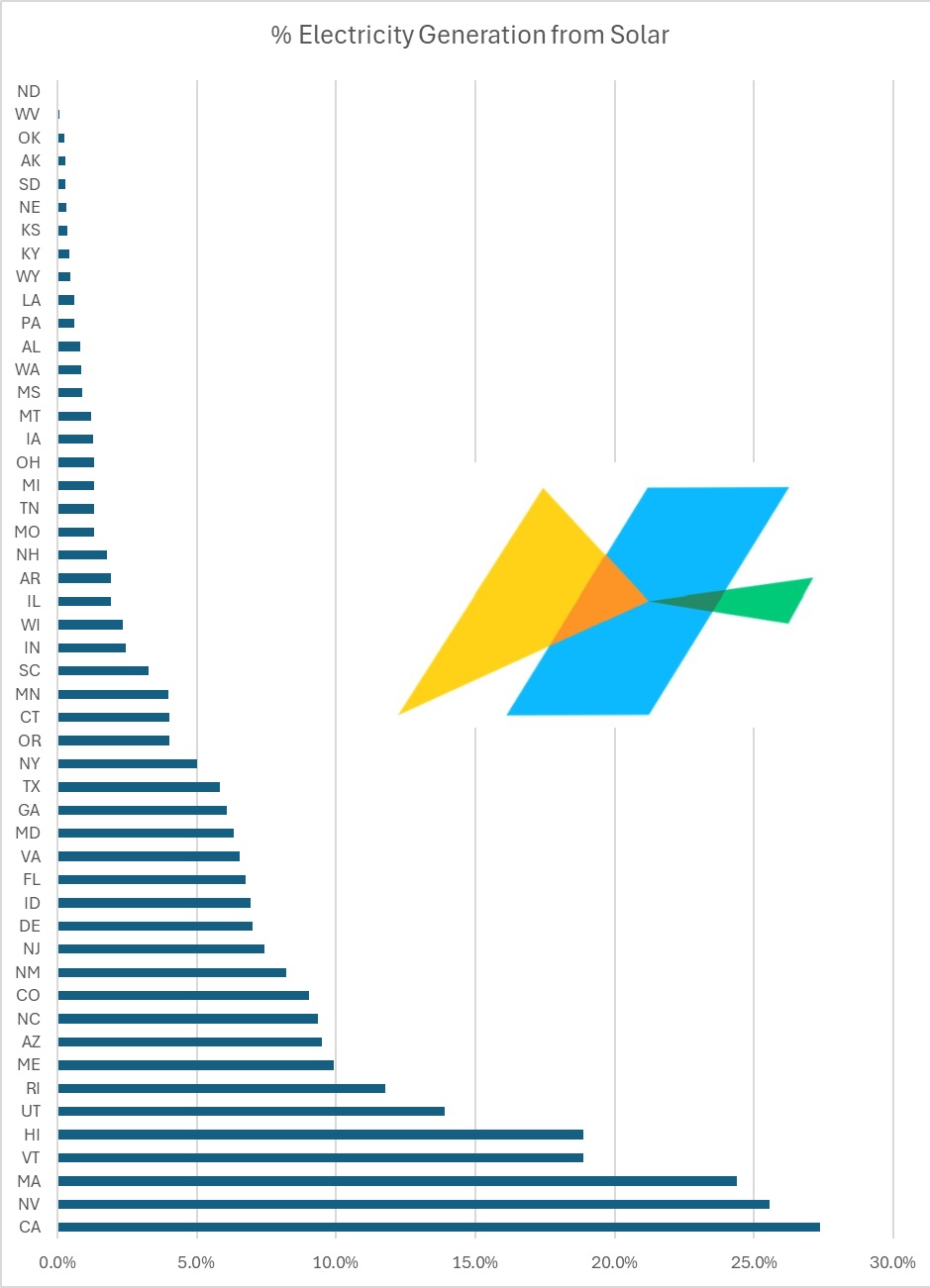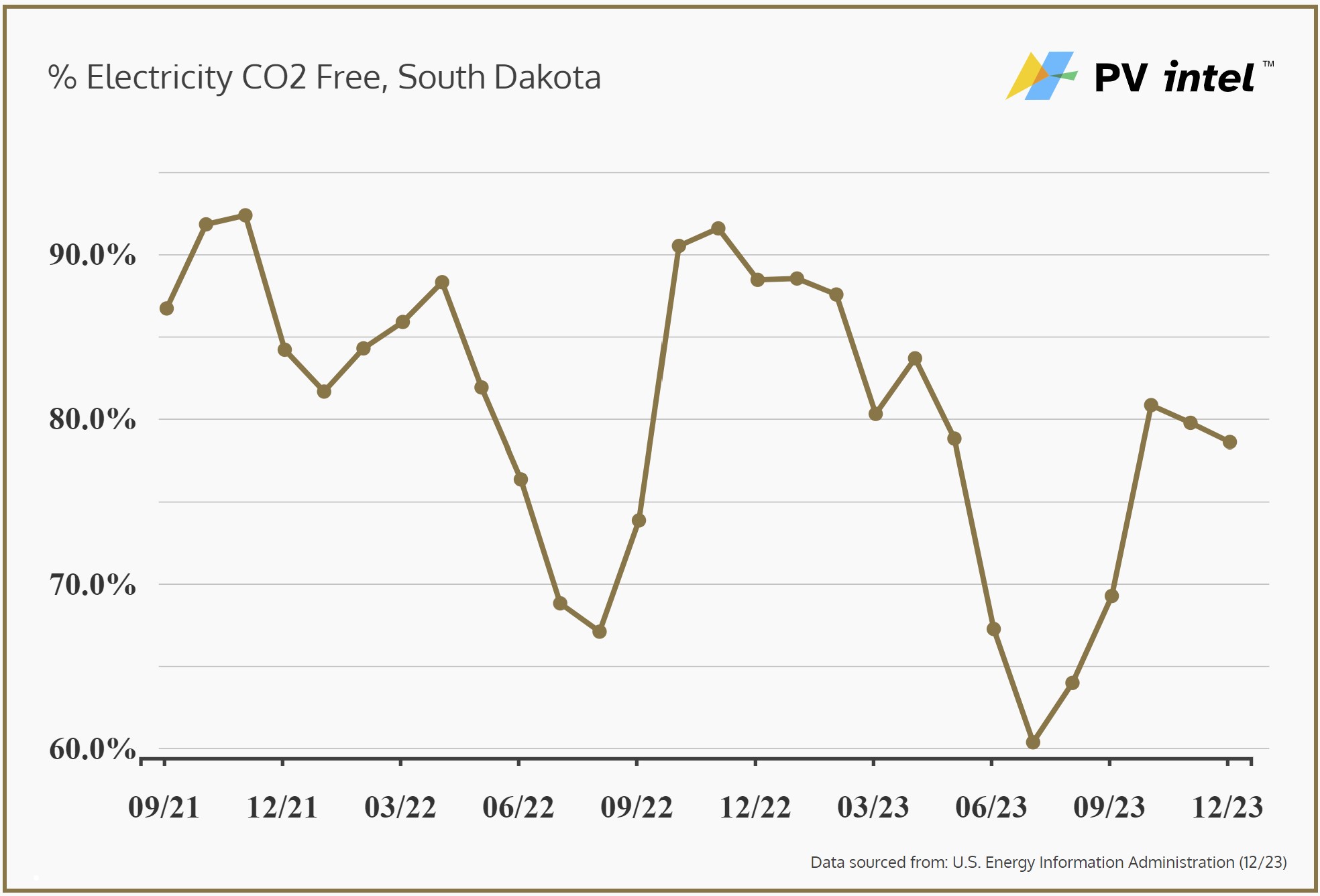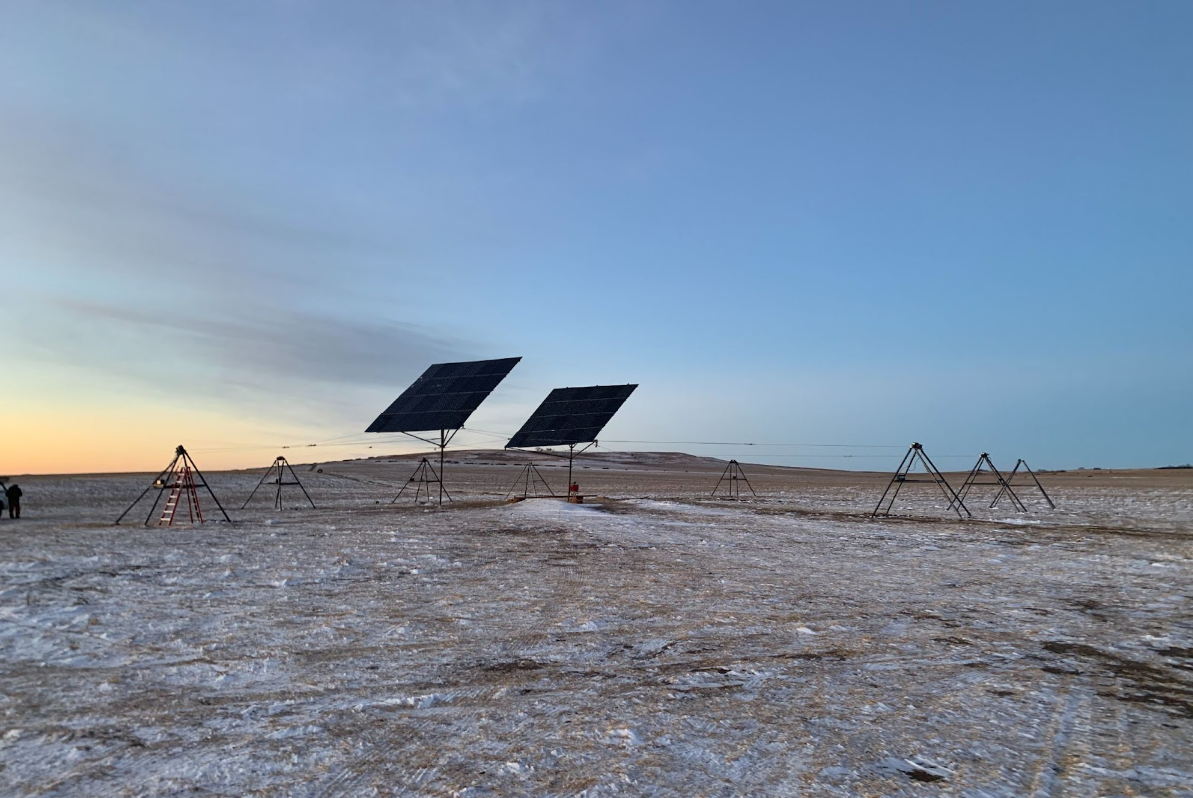We often shine the spotlight on states leading in solar energy deployment, lauding their significant contributions to renewable energy infrastructure. Nevertheless, there are states that seem to be lagging in the solar race, potentially sidetracked by other priorities or constrained by limited solar resources. In several cases, the sluggish pace can be directly traced to a combination of competing emission-free energy products, policy, economic, geographic, and political challenges.
Analysis based on the U.S. Department of Energy’s Energy Information Administration (EIA) data, refined by the PV Intel 50 States of Solar data visualization tool on pv magazine USA, illustrates a different sort of competition: states contending for a dubious distinction as the ‘least enterprising’ in solar installations. Unraveling the intricacies of who is lagging in solar power adoption, and why, leads to a more complex discussion.

The five states that generated the lowest percentage of electricity generation from solar power in 2023 were North Dakota, West Virginia, Oklahoma, Alaska, and South Dakota at 0.01%, 0.09%, 0.27%, 0.28% and 0.29%, respectively.
In fact, the bottom 14 states on the list get less than 1% of their electricity from solar power.
The disparity in solar power generation across states can often be attributed to several factors, including but not limited to:
- State and local policies on renewable energy
- Price of electricity
- Public awareness and education on the benefits of solar energy
- Geographic and climatic conditions that affect solar potential
- Availability of alternative emission-free electricity from wind, hydro, and nuclear
Several Midwestern states, abundant in wind power, have valid excuses for lower solar adoption. For example, number one on our list, North Dakota, generates 38% of its electricity from wind, similar to Oklahoma, which ranks third. Despite ranking fourth from the bottom in solar adoption, South Dakota boasts the third cleanest electricity in the nation, with nearly 70% of its electricity coming from carbon-free sources, primarily driven by wind power.

Of the bottom five, this then leaves West Virginia and Alaska as laggards.
Alaska’s lag in solar power is understandable, given its geographic location. As the northernmost state in the U.S., with parts of Alaska situated in the Arctic Circle, the state experiences extended periods of darkness during the winter months.
This leaves West Virginia as the remaining state among the bottom five solar power states, which is not surprising for several reasons. The state has been a significant part of the nation’s coal electricity generation infrastructure for over a century and remains one of the biggest coal producers and users today. Additionally, the state’s political landscape is heavily influenced by the coal industry, with Governor Jim Justice owning coal mines and nationally prominent Senator Joe Manchin’s family fortune also tied to coal.
However, there is hope for West Virginia, with hundreds of megawatts of solar power coming to the state, and a new long-duration battery factory under construction.
This content is protected by copyright and may not be reused. If you want to cooperate with us and would like to reuse some of our content, please contact: editors@pv-magazine.com.








West Virginia exports a lot of electricity to other states. The solar capacity of the states around WV is low as this slowly goes up the future of WV coal declines. The utilities are slow to realize the cash bleed. Mainly because they just bill it to the end users. Ohio famous for utility fun is the poster child for this.
I recently drove from NY to Ohio and back taking me through the WV panhandle as well as Western PA along I76. I was struck after crossing into WV from Ohio that I didn’t see a single solar installation of any size or type from the highway despite there being perfect sites on south facing roofs of barns and houses along the entire route. This continued through western PA as well. I was almost at the NJ border before I starting seeing more that a token # of solar panels. Nothing scientific of course and there could have been many arrays I missed, but I doubt it.
WV Appalachian Power has been authorized by the Utility Commission to cap residential generation at 5% of their peak load. They’ve been trying to get approval for their “net metering” to charge retail for their grid power used (14 cents/kWh), but credit wholesale (8-ish cents/kWh) for generated power. They are allowed by the Commission to require a separate meter for the PV output, rather than using a bi-directional meter (even if we already HAVE a smart meter!)
Bottom line: they don’t WANT distributed solar, even though it provides power during peak demand.